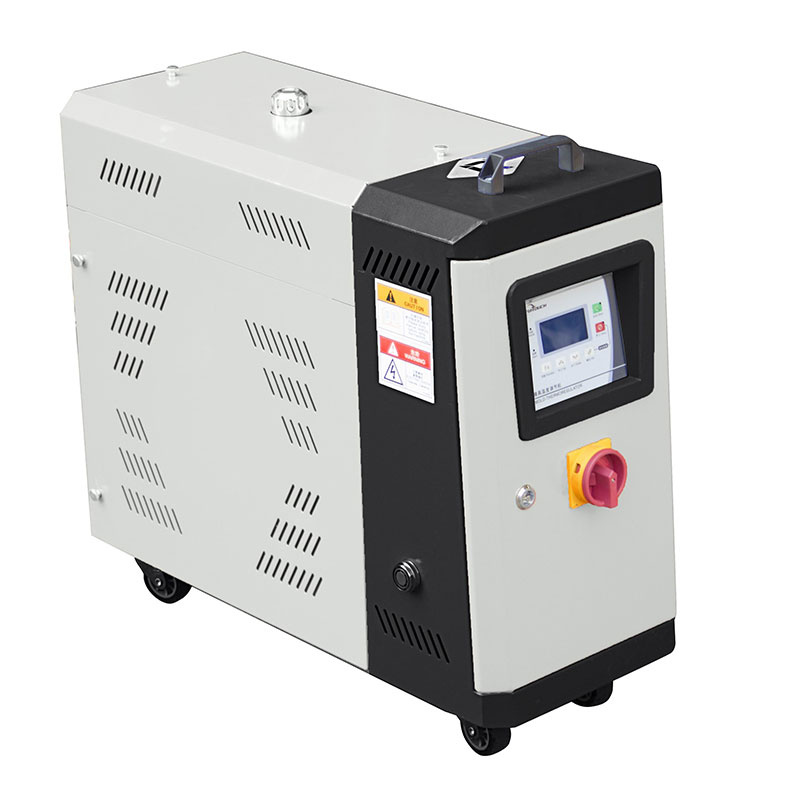1. The mold temperature control of the mold product must be considered when designing the mold; when the designed mold injection weight is small but the mold size is large, the heat transfer in the mold structure is very important; the flow path of the mold coolant should be stable. Try not to use quick couplings, otherwise it may hinder the flow of mold coolant; when using pressurized water as mold coolant, hoses and manifolds must be able to withstand high pressure and high temperature; choose a suitable mold temperature controller, which should be listed in the data sheet. Indicate the cooling medium and flow rate; use thermal insulation material between the mold and the cavity plate of the molding machine; use different temperature control systems for the core and cavity; use different temperature control systems for the mold cavity and core, Therefore, when the mold is running, different cooling temperatures will be generated.
2. The actual temperature of the mold surface in contact with the plastic can be measured by a thermocouple inside the mold, or more commonly, a handheld thermometer. The surface probe of the thermometer must be able to respond quickly, while the mold temperature needs to be measured at multiple locations rather than one location on each surface. The temperature control system is then modified to adjust the mold temperature to the desired level. The recommended mold temperature, usually given in data sheets for various different raw materials, is the optimum mold temperature for optimum surface finish, mechanical properties, shrinkage, and cycle time of the molded product.
3. When molding precision, optical and safety parts, it is usually better to choose a higher mold temperature (so that the molded parts have low shrinkage, smooth surface and uniform material); for parts with lower technical requirements, usually choose Lower mold temperatures to minimize production costs. Watch out for defects created during the low temperature forming process, test the strength of the parts, and confirm that they meet customer requirements.


